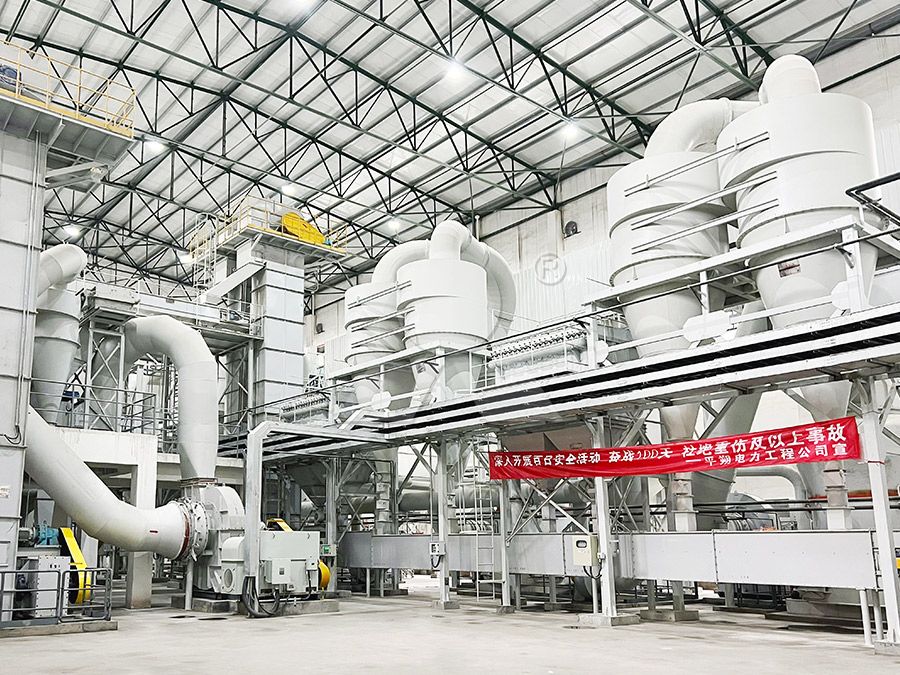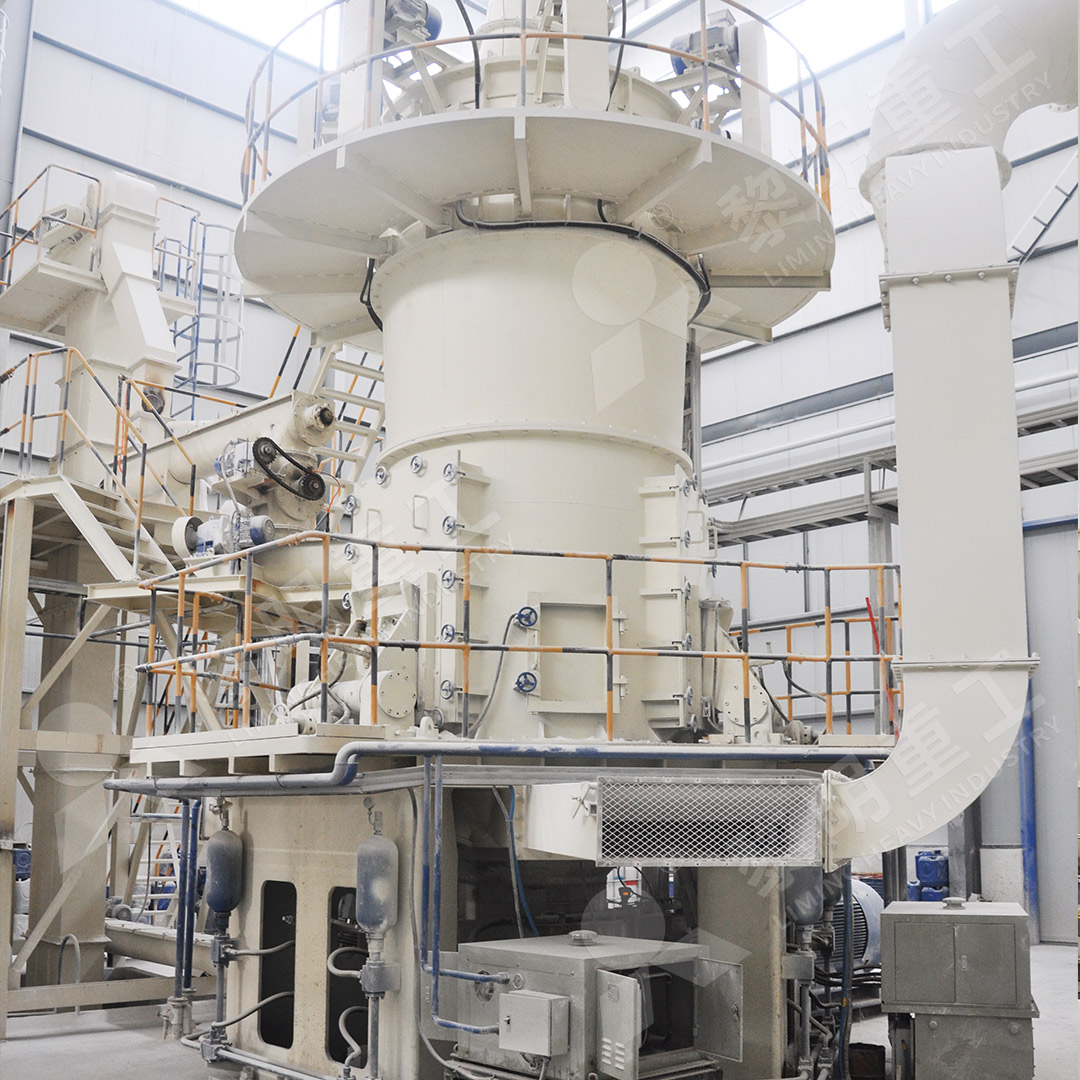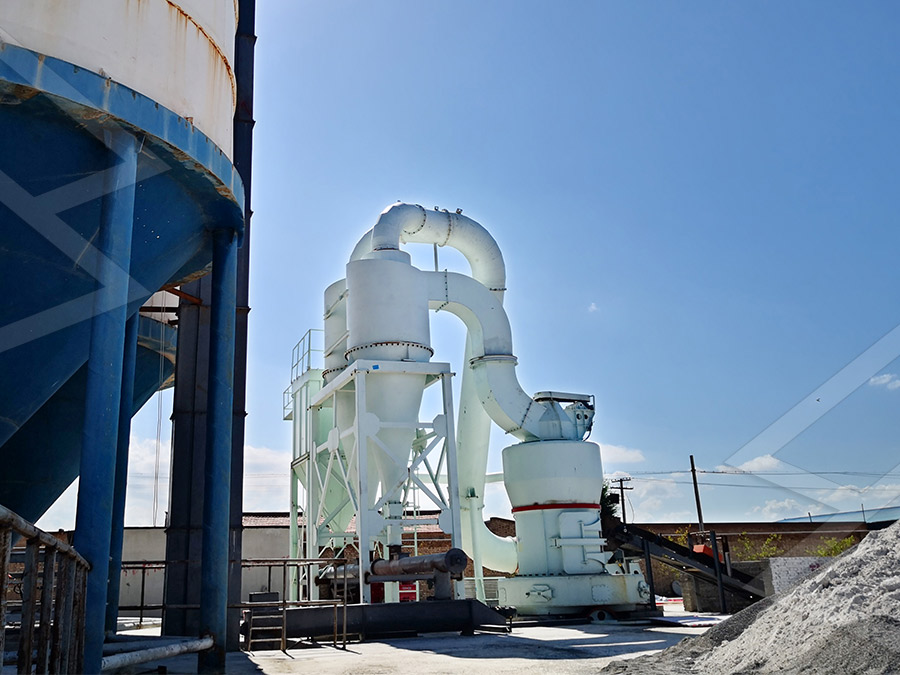Production Process of Feed Grade Calcium Carbonate Powder Manufacturing
Production Process of Feed Grade Calcium Carbonate Powder Manufacturing
Producing high-quality feed grade calcium carbonate powder is a meticulous process that demands precision machinery and a deep understanding of material science. The journey from raw limestone to a fine, nutritionally valuable powder involves several critical stages, each impacting the final product’s quality, purity, and bioavailability for animal feed.
The process begins with the careful selection of high-purity limestone or marble, the primary sources of calcium carbonate. This raw material is first crushed by a jaw crusher to reduce it to a manageable size, typically below 20mm. This initial crushing is crucial for ensuring efficient grinding in the subsequent stages.

Following primary crushing, the pre-sized material is fed into a grinding mill. This is the heart of the operation, where the calcium carbonate is pulverized into a fine powder. The choice of grinding mill is paramount. For operations requiring ultra-fine powders with precise particle size distribution, an advanced solution like our MW Ultrafine Grinding Mill is ideal. This machine is engineered for customers who need to make ultra-fine powder. With an input size of 0-20 mm and a capacity ranging from 0.5 to 25 tons per hour, it’s perfectly suited for feed-grade production. Its cage-type powder selector, which adopts German technologies, allows for adjustable fineness between 325-2500 meshes, ensuring the perfect consistency for animal digestion. A significant advantage is the absence of rolling bearings and screws in the grinding chamber, eliminating worries about damages to these components and preventing machine failure from loose screws.
During the grinding process, the mill’s efficient pulse dust collector and muffler work in tandem to significantly reduce dust and noise, ensuring the entire production line operates within strict environmental guidelines. The ground powder is then transported by air flow to a high-efficiency classifier or separator. This device ensures that only particles meeting the specified fineness proceed, while oversized particles are recirculated back to the grinding chamber for further processing. This closed-loop system guarantees a consistent and high-quality product.

For larger-scale operations or where vertical integration is preferred, our LUM Ultrafine Vertical Grinding Mill presents an excellent alternative. Independently designed by LIMING, it integrates ultrafine powder grinding, grading, and transporting. Its unique roller shell and lining plate grinding curve are easier to generate a material layer, enabling a high rate of finished product from a single pass. This enhances efficiency and improves the whiteness and cleanliness of the final powder—a key visual quality indicator for feed producers. Its reversible structure, considering the heavy grinding rollers, allows for easier maintenance, reducing costly downtime.
The final stage involves packaging the finished feed-grade calcium carbonate powder. It is conveyed to silos for bulk storage or directly to automated bagging machines. Throughout this entire process, quality control is continuous, with regular sampling and testing for parameters like particle size distribution, calcium content, and heavy metal levels to ensure the powder meets all nutritional and safety standards for animal feed.

In conclusion, manufacturing feed-grade calcium carbonate is a sophisticated process where the right technology makes all the difference. Utilizing advanced mills like the MW or LUM series ensures higher yield, lower energy consumption, and a superior, eco-friendly product that meets the rigorous demands of the modern animal nutrition industry.
